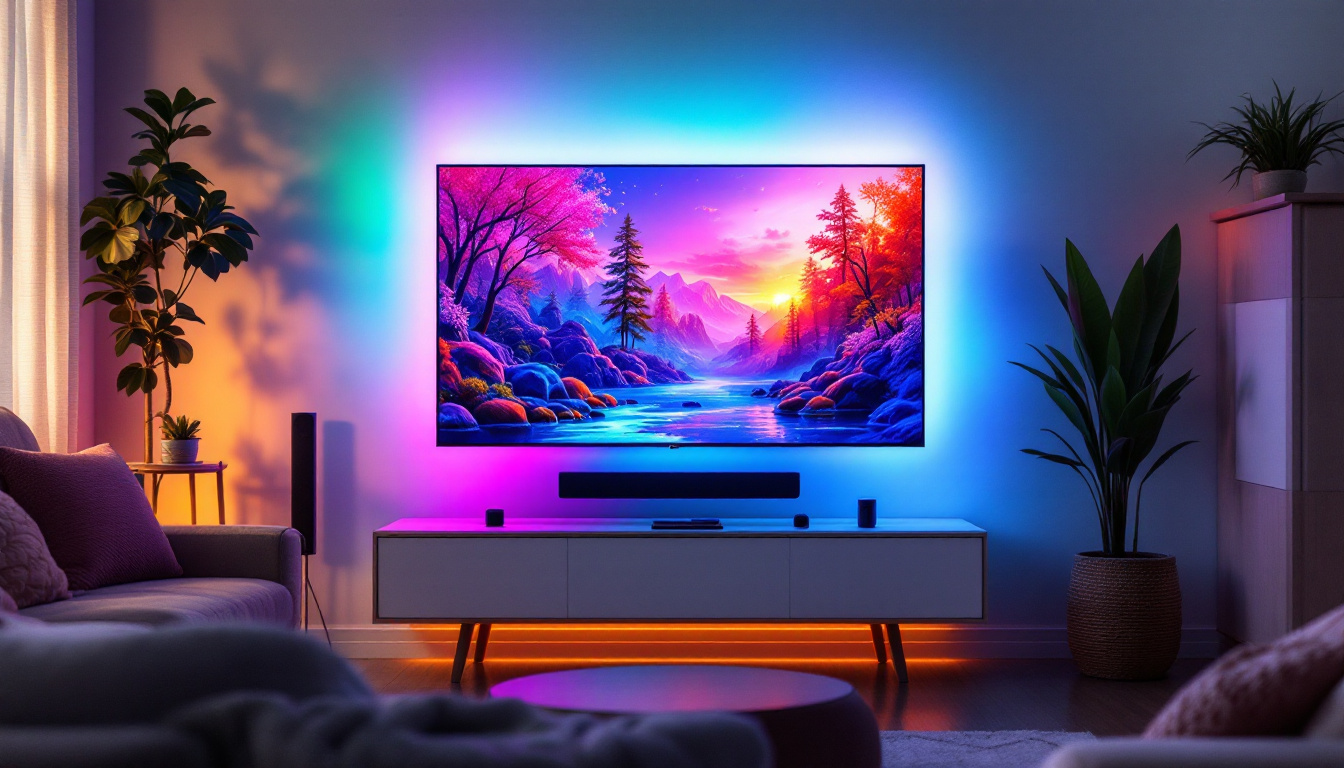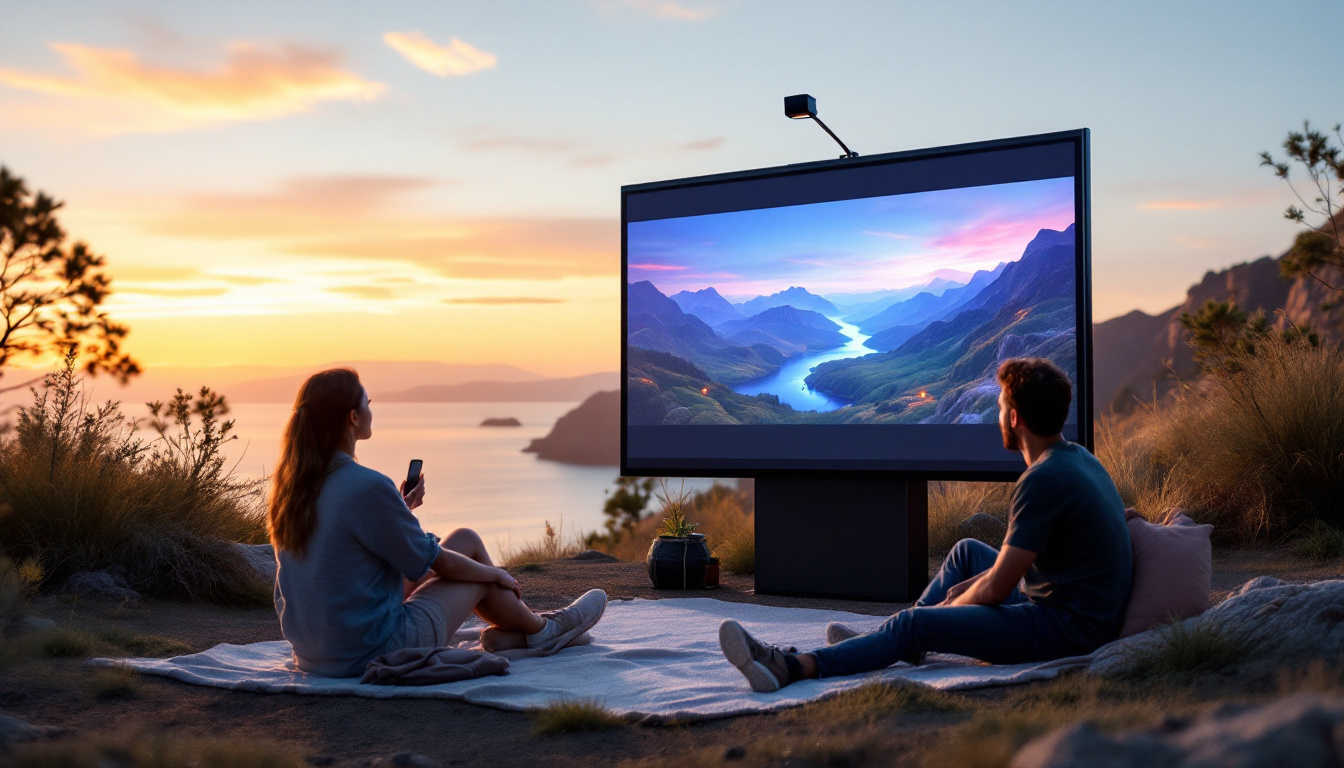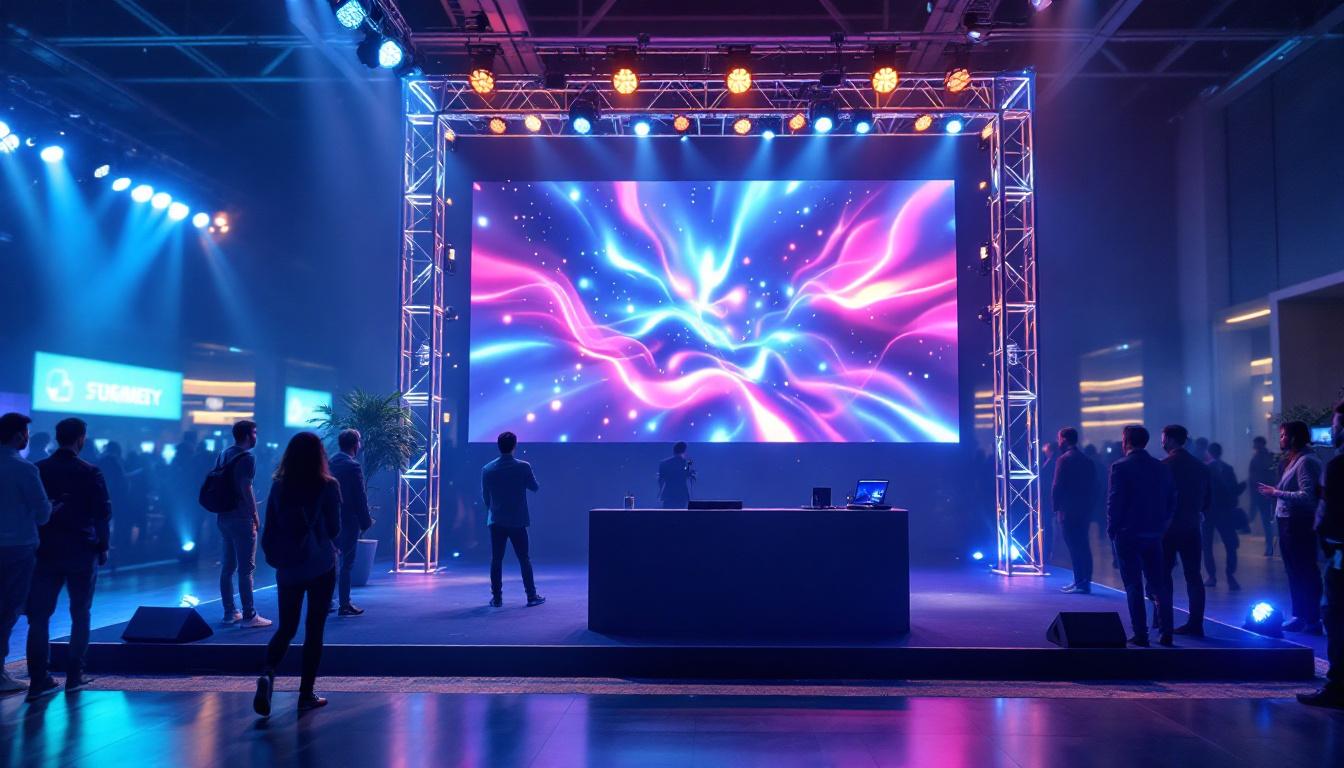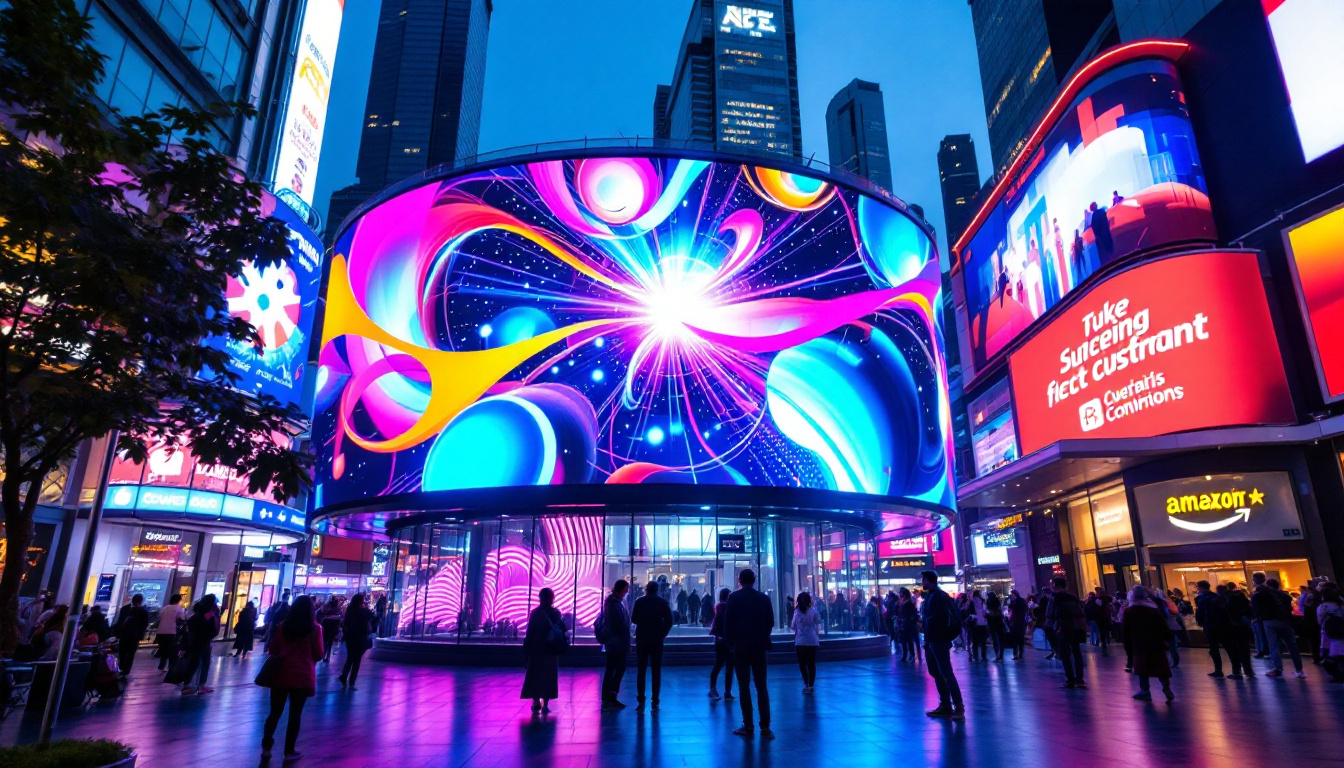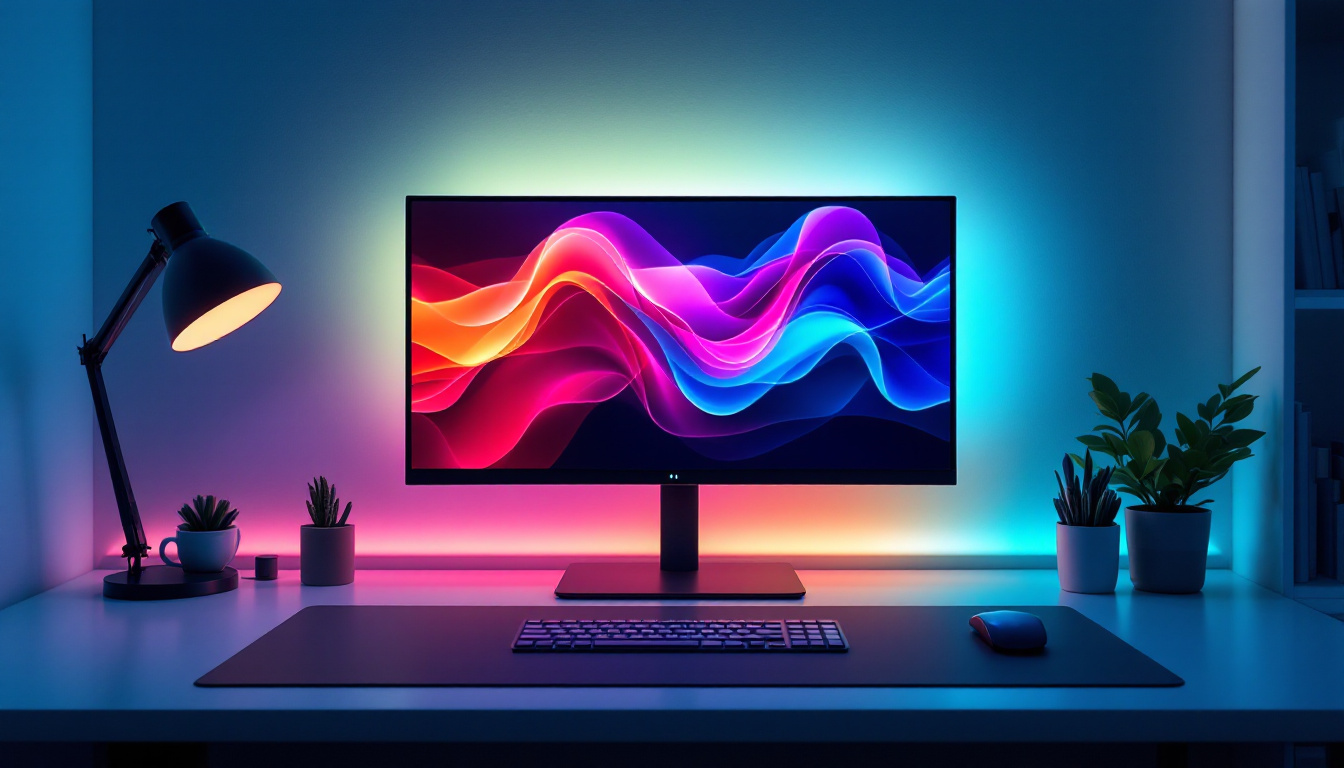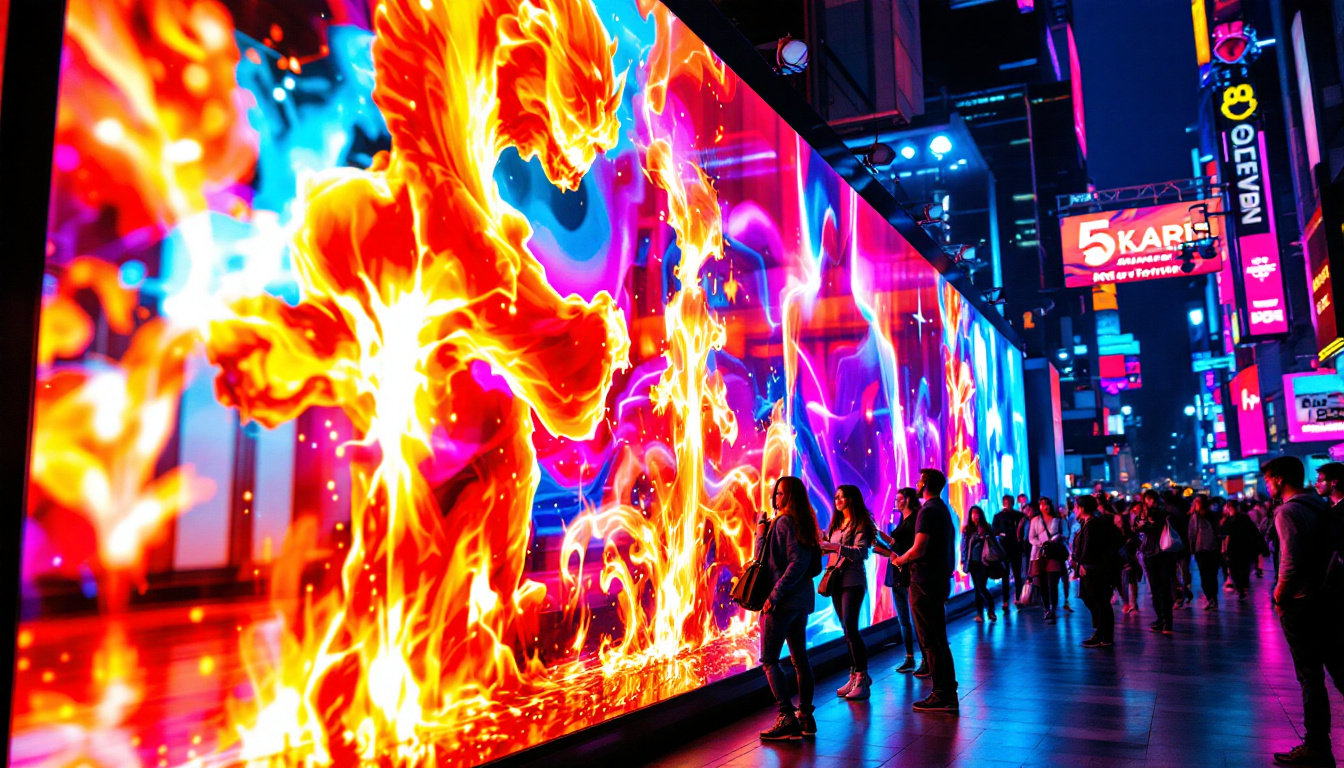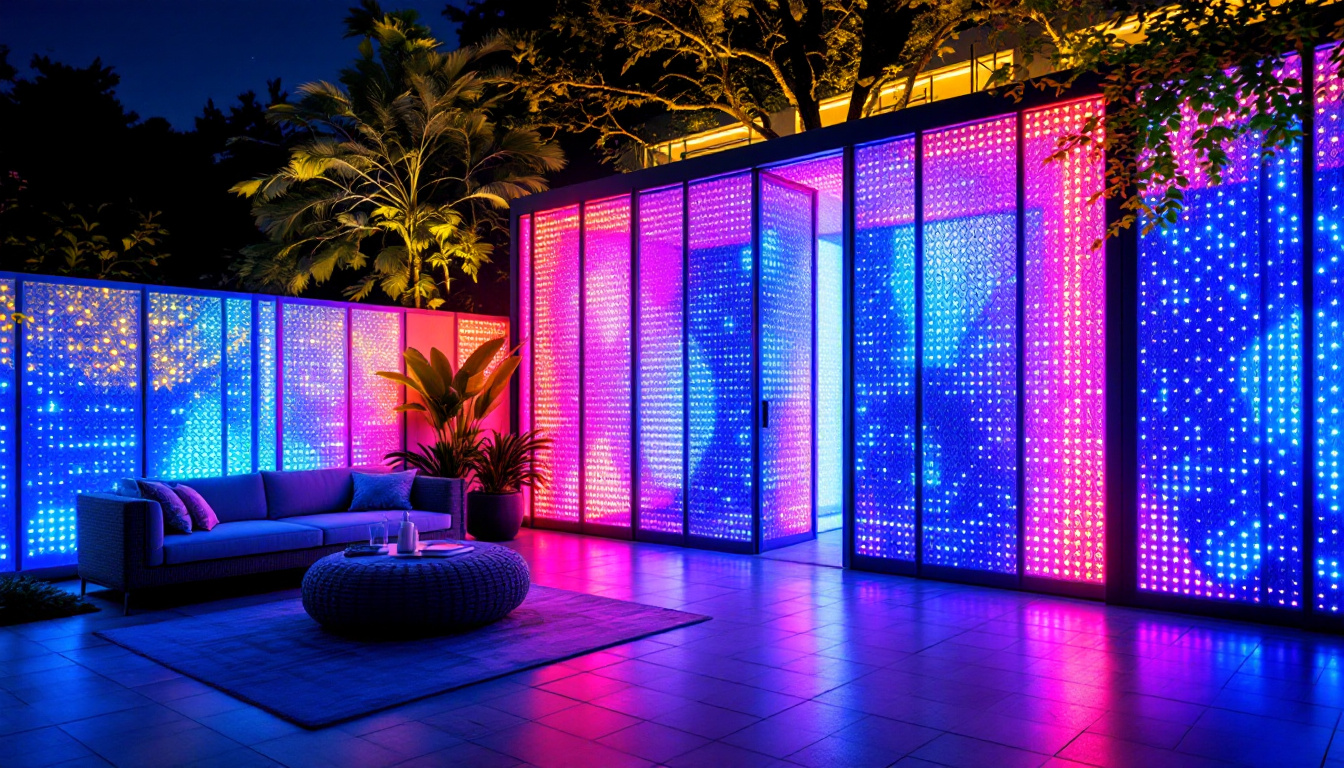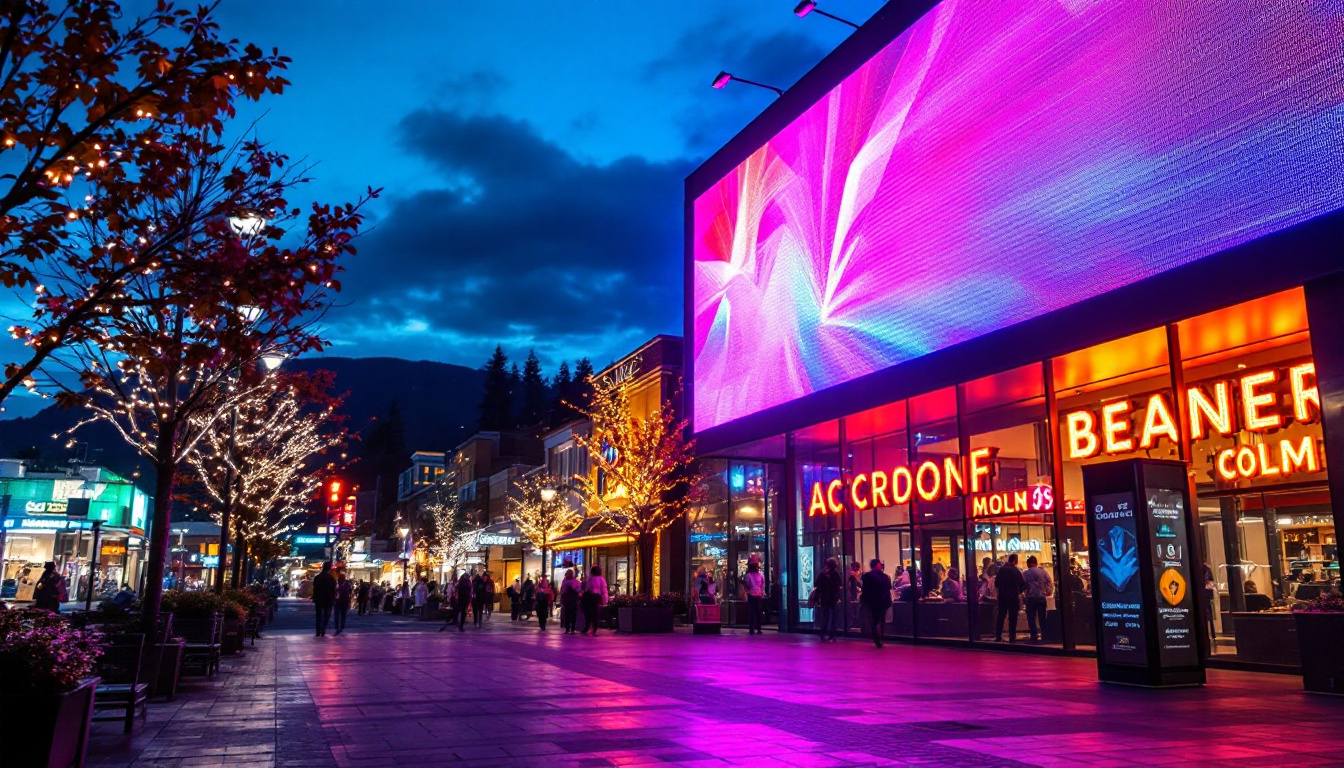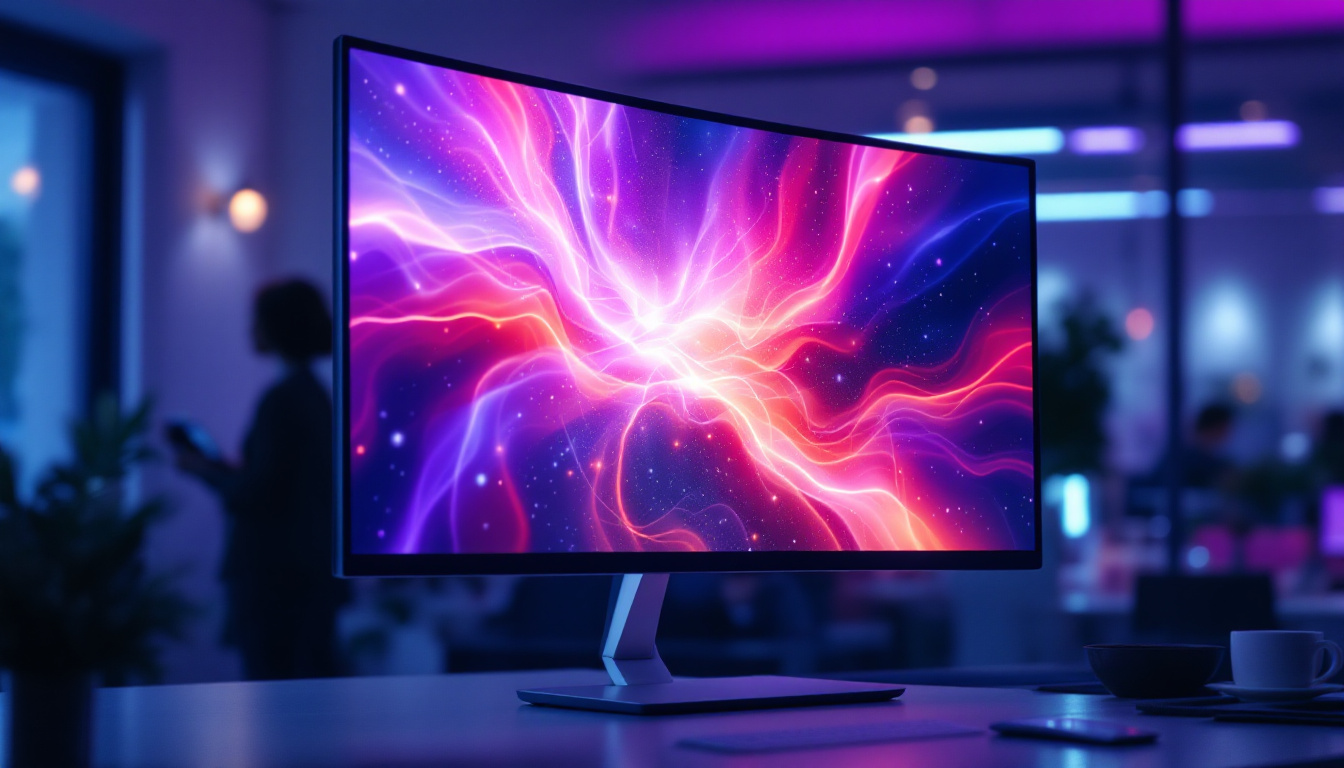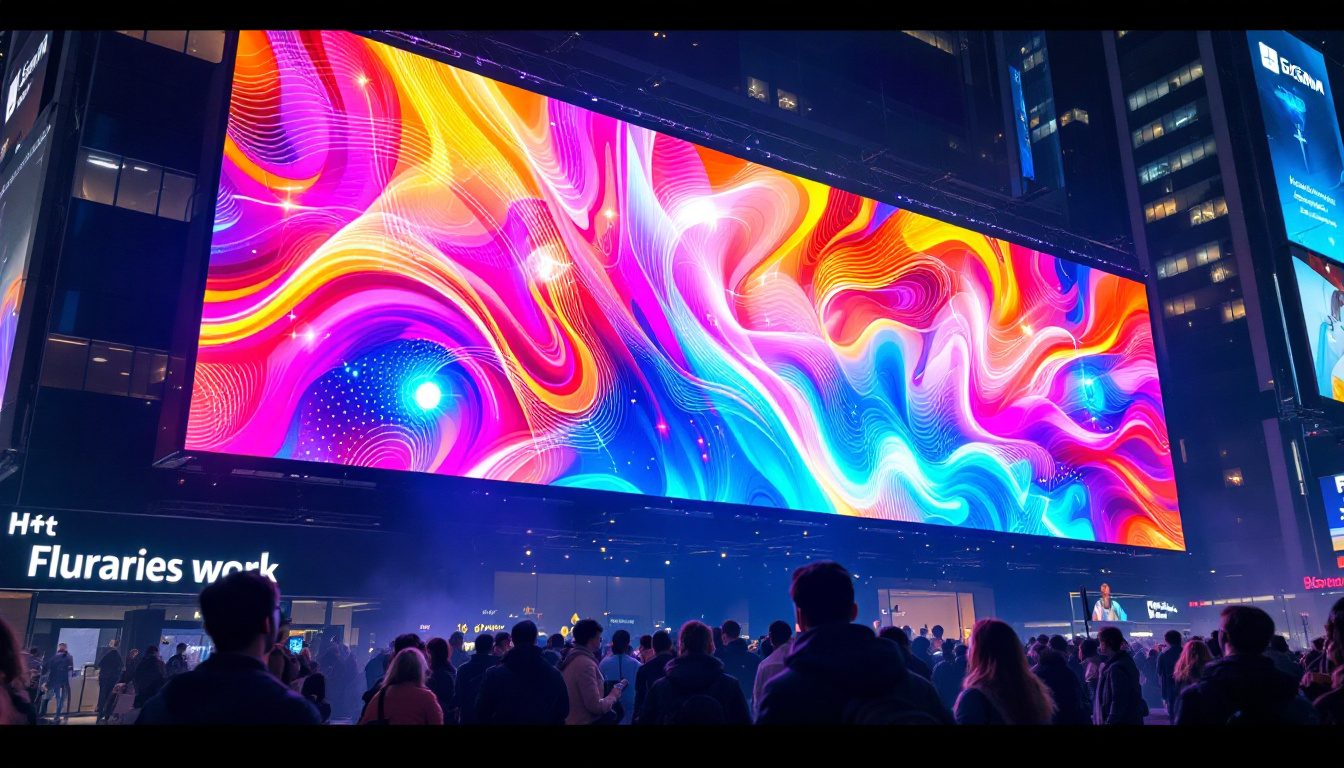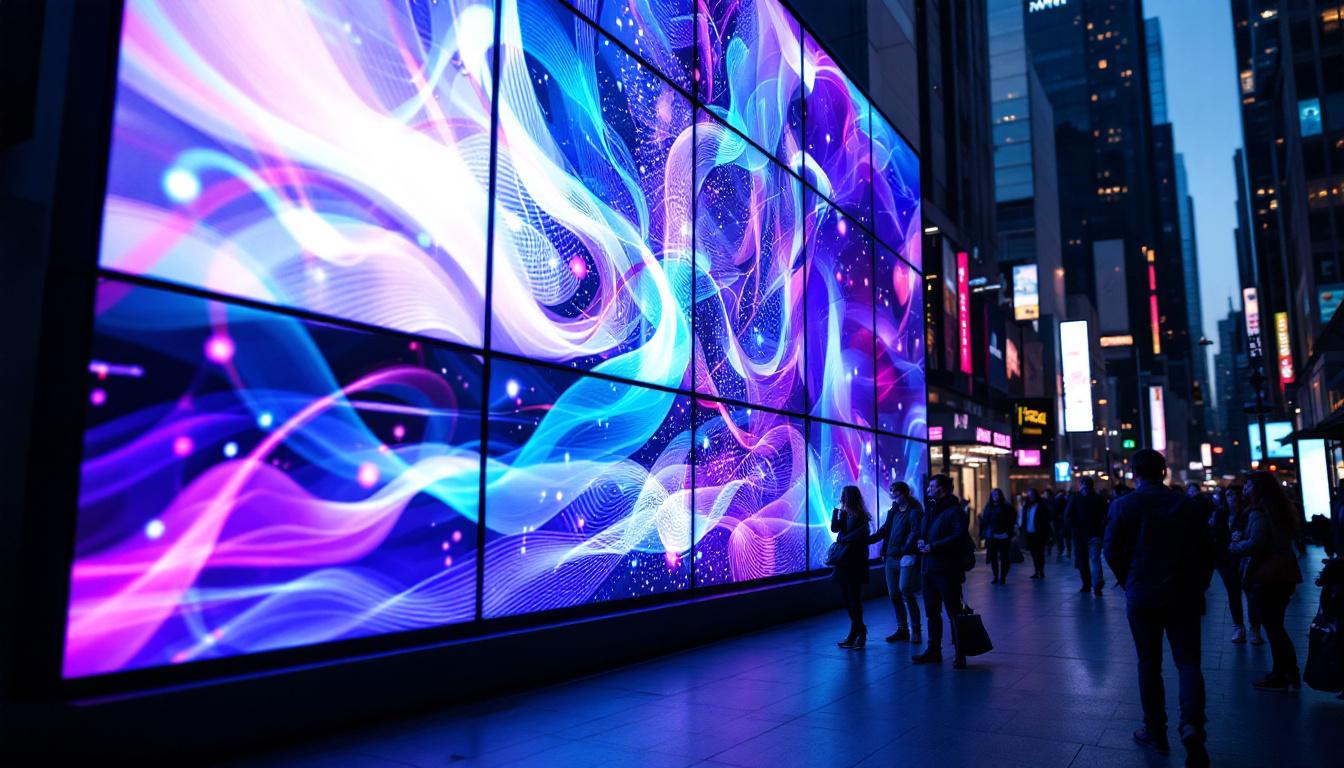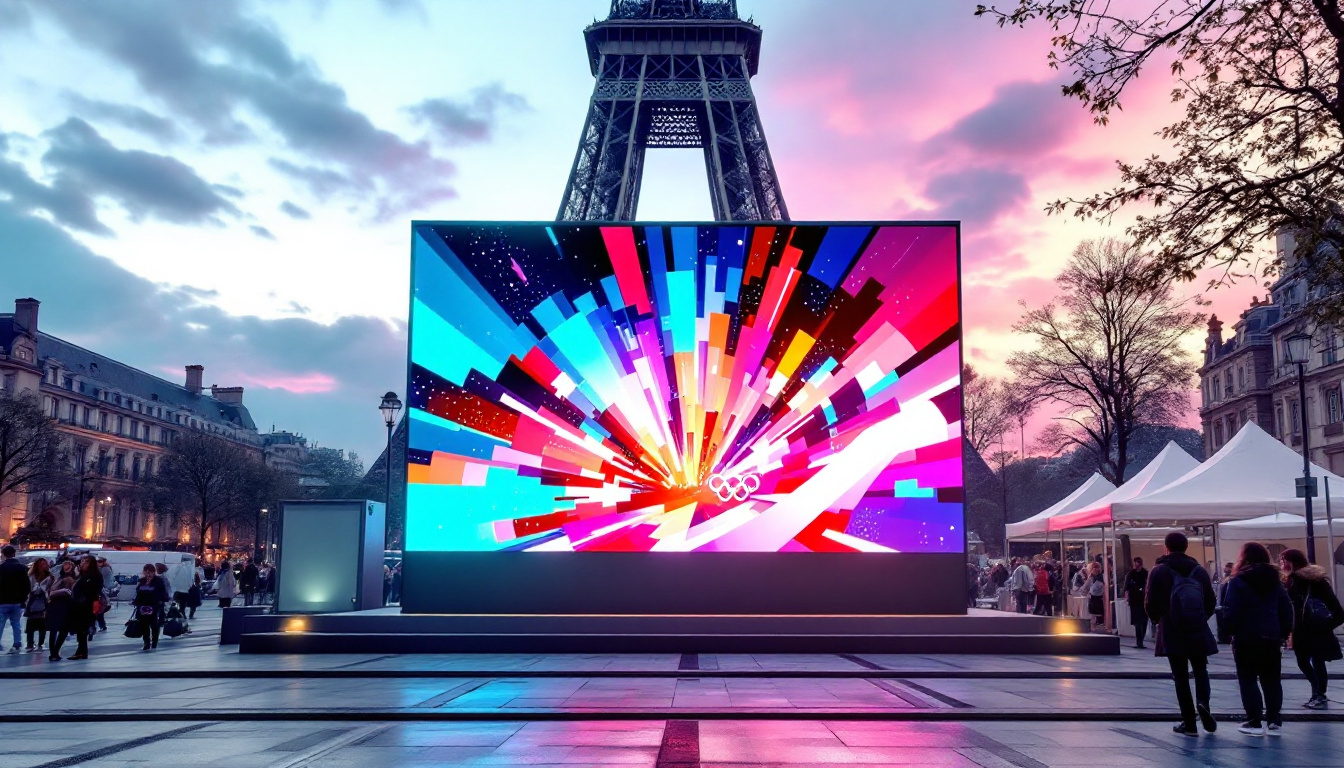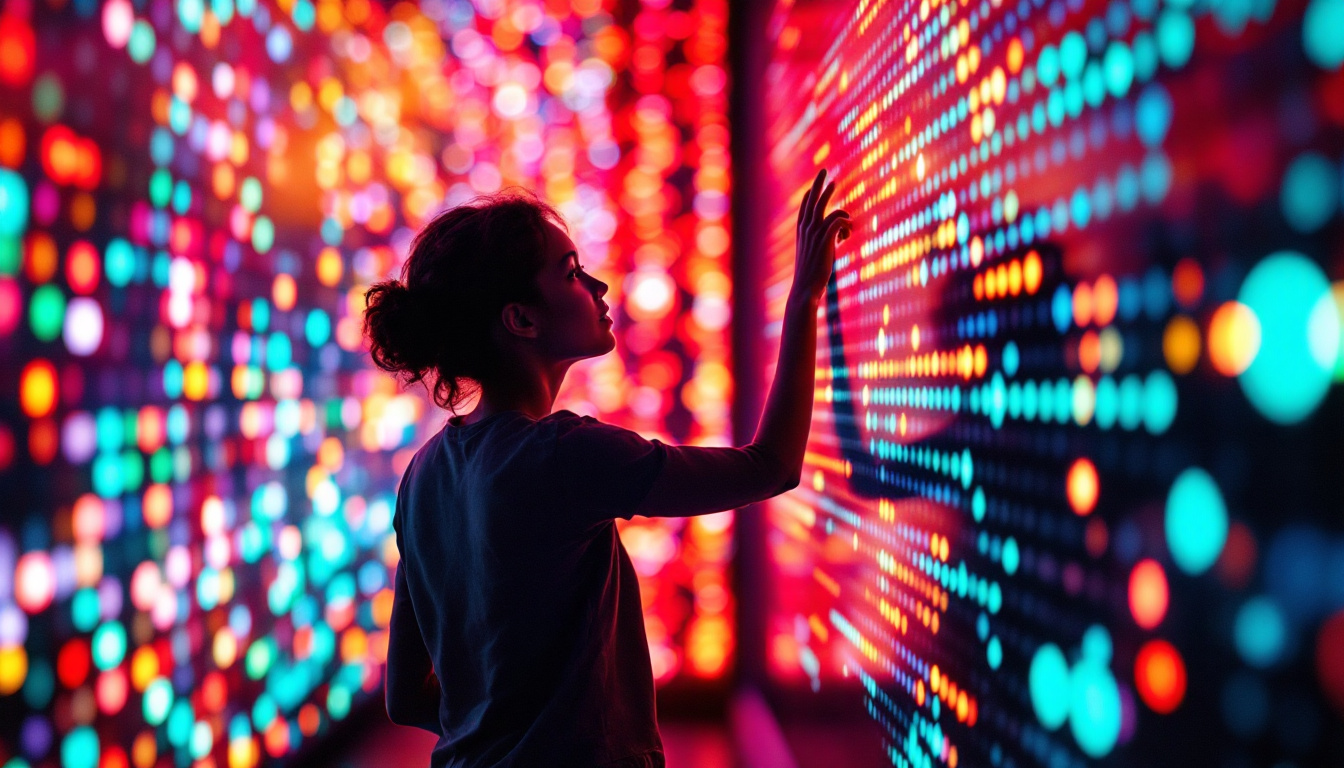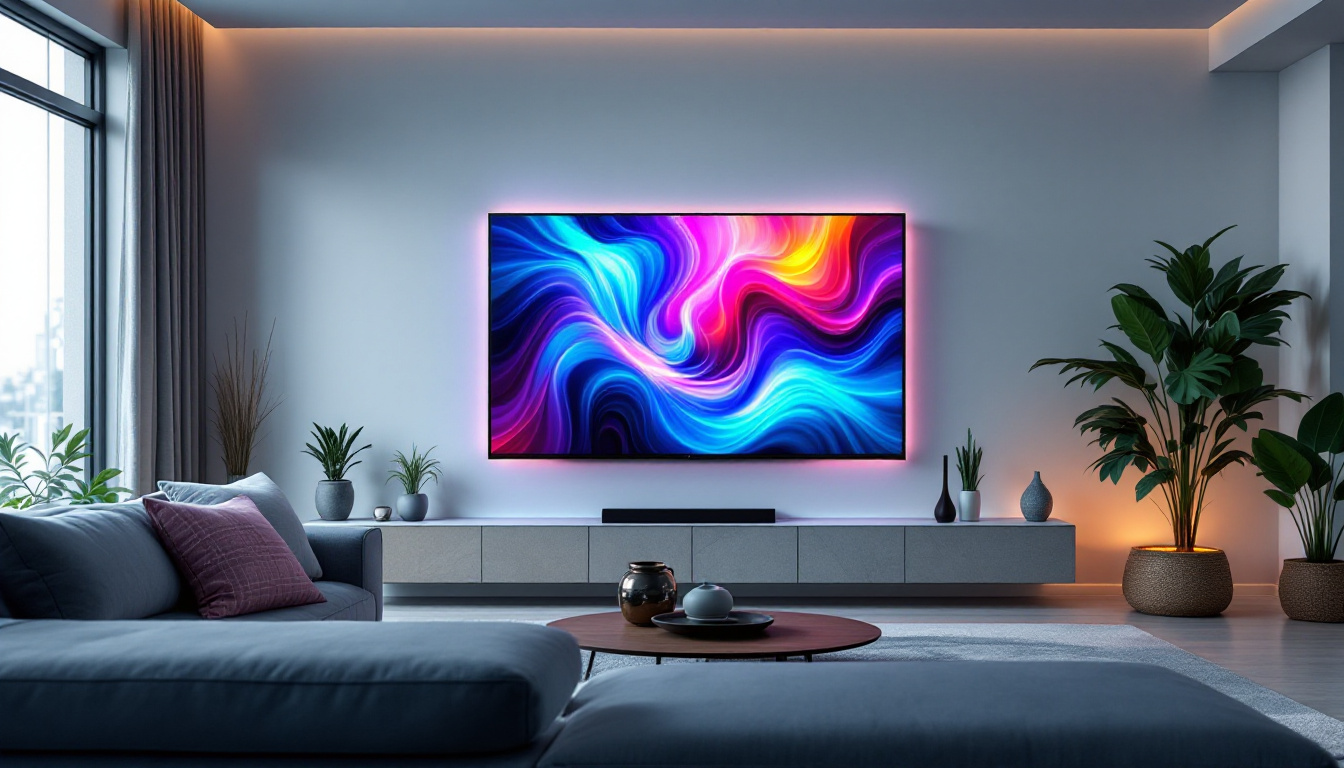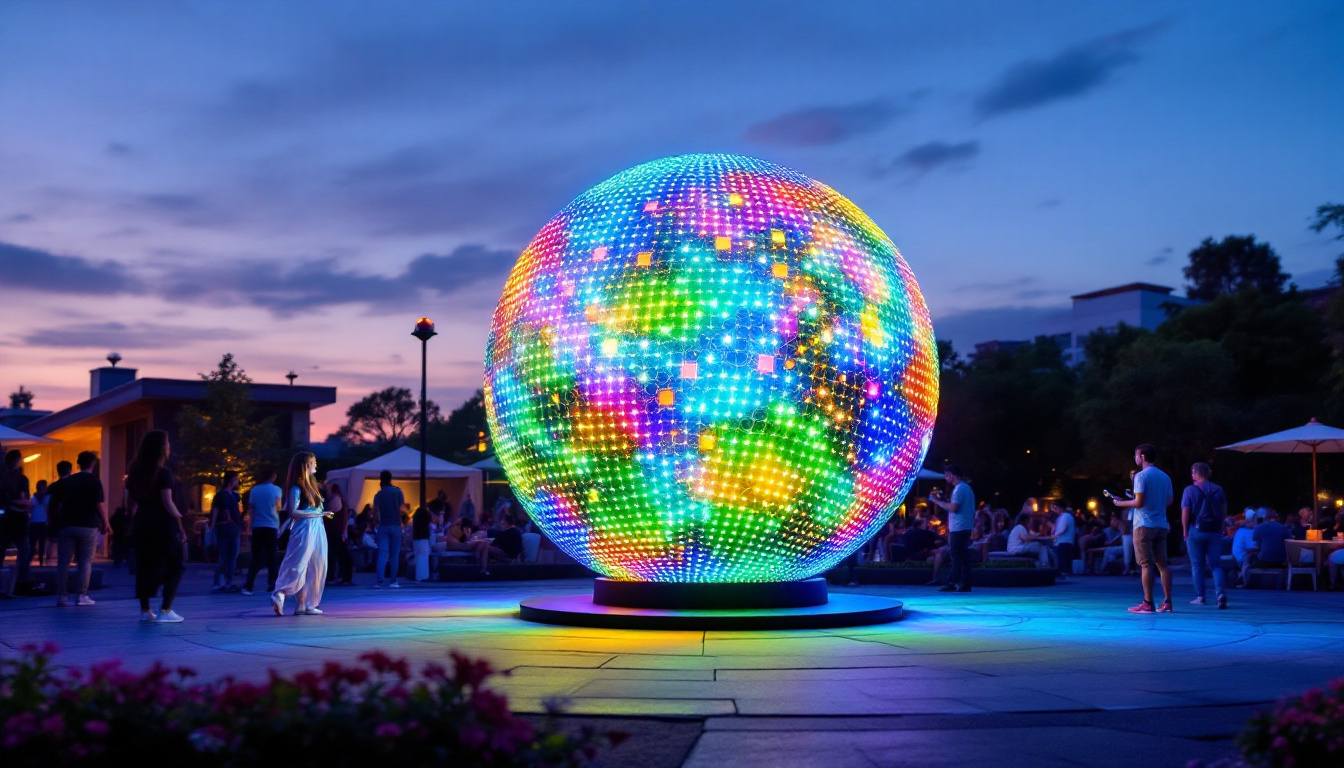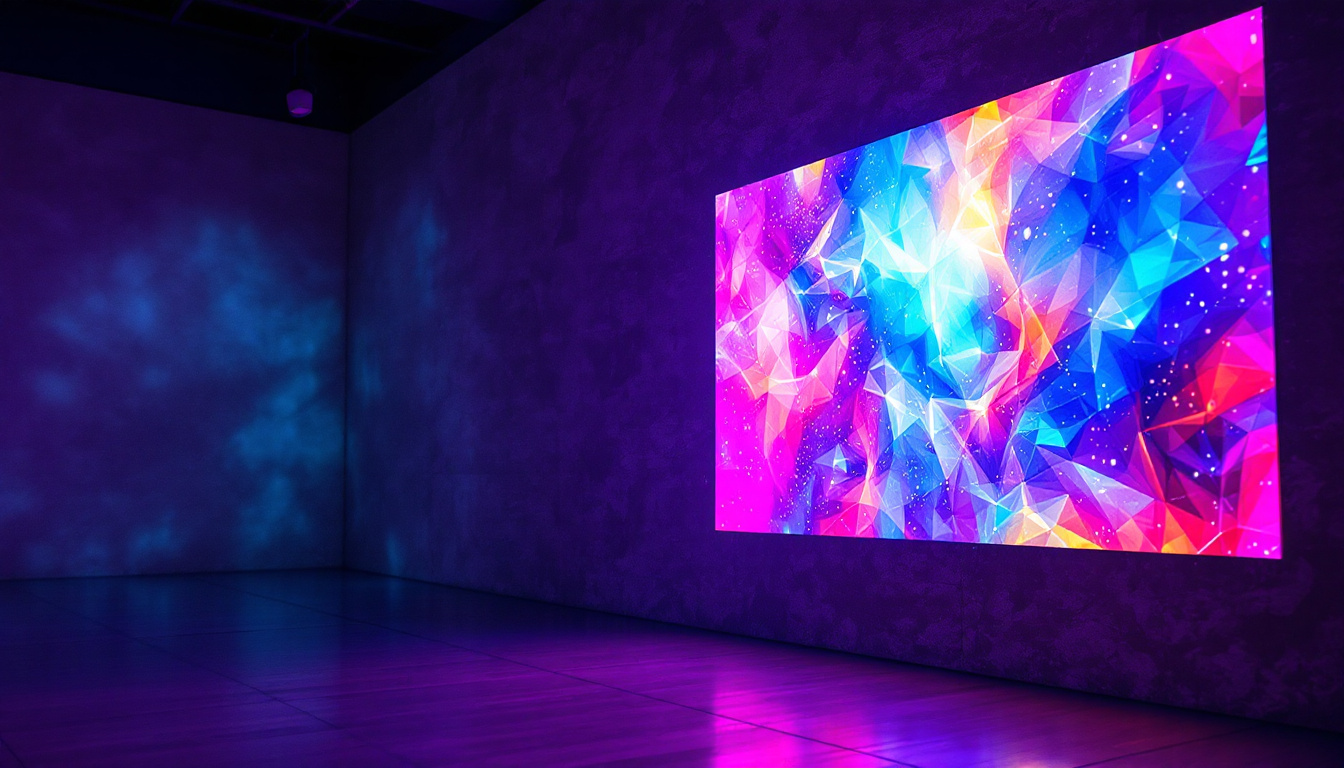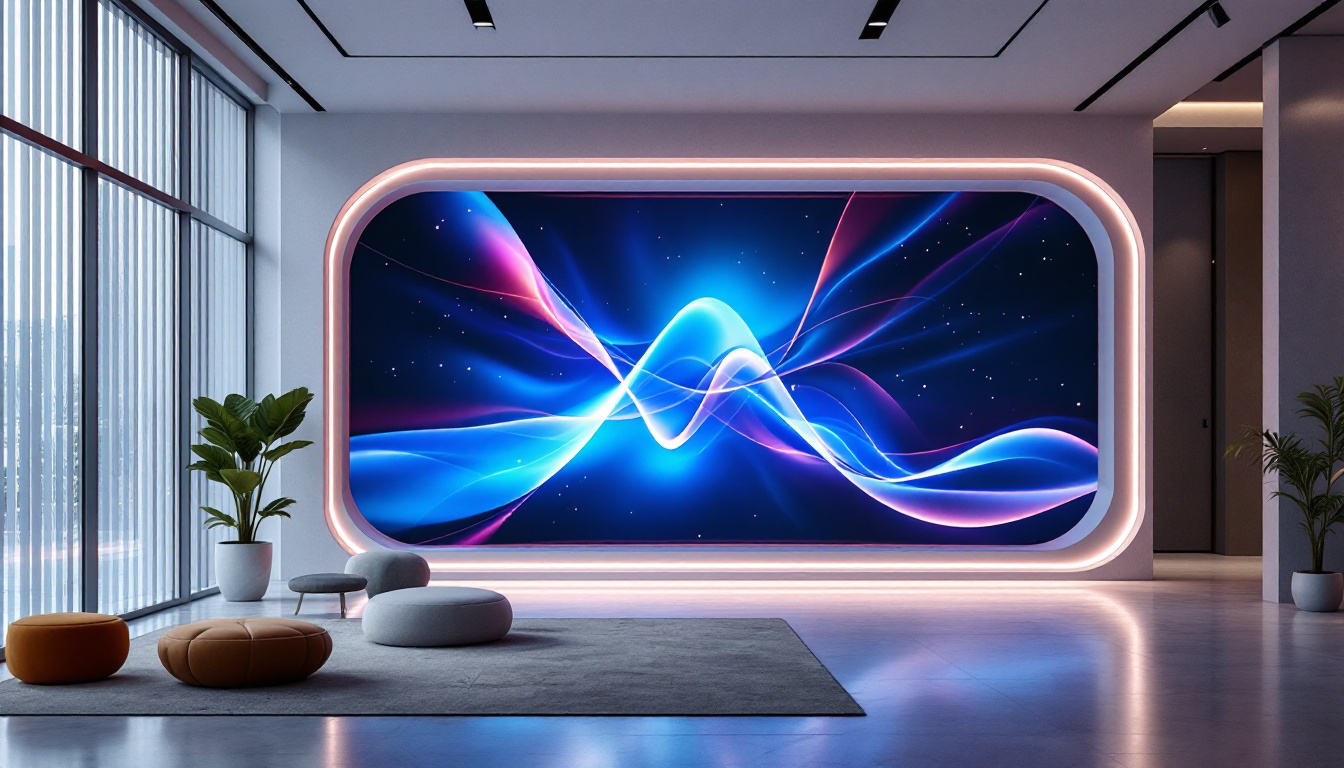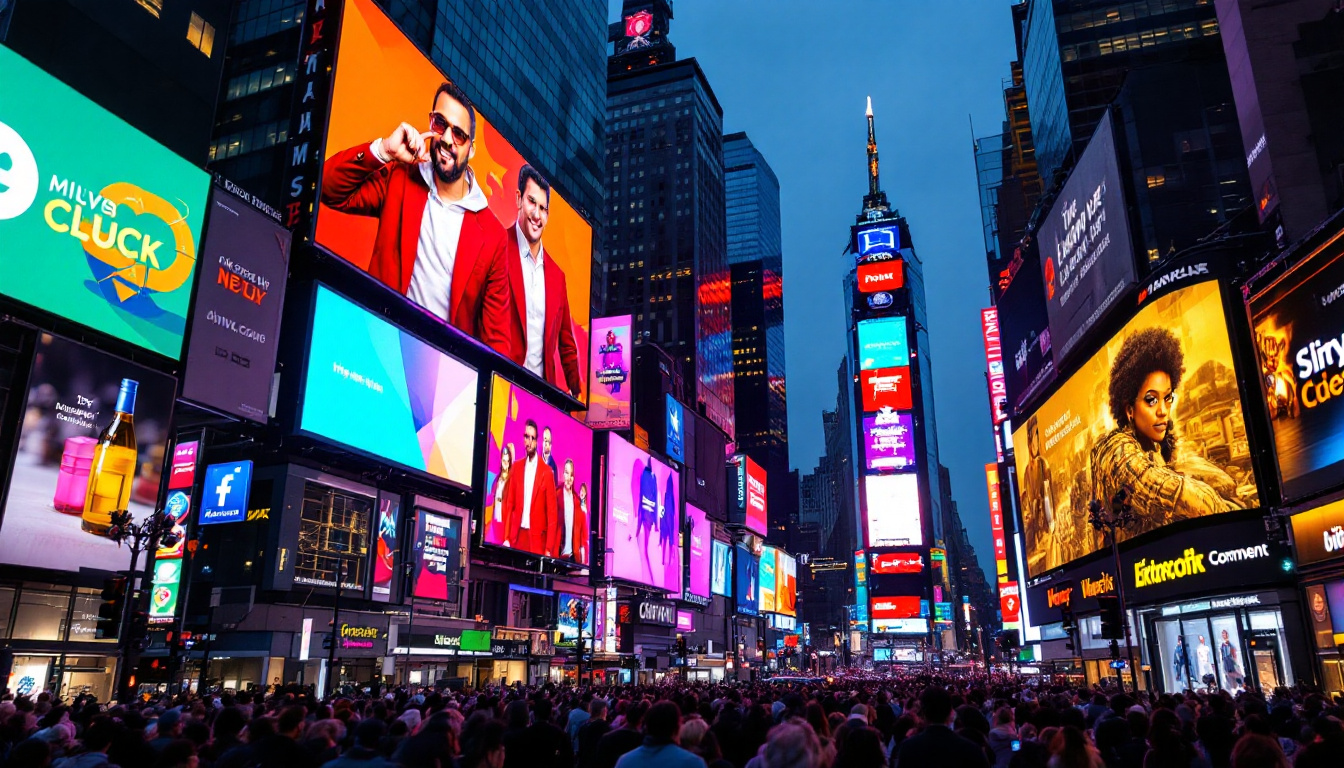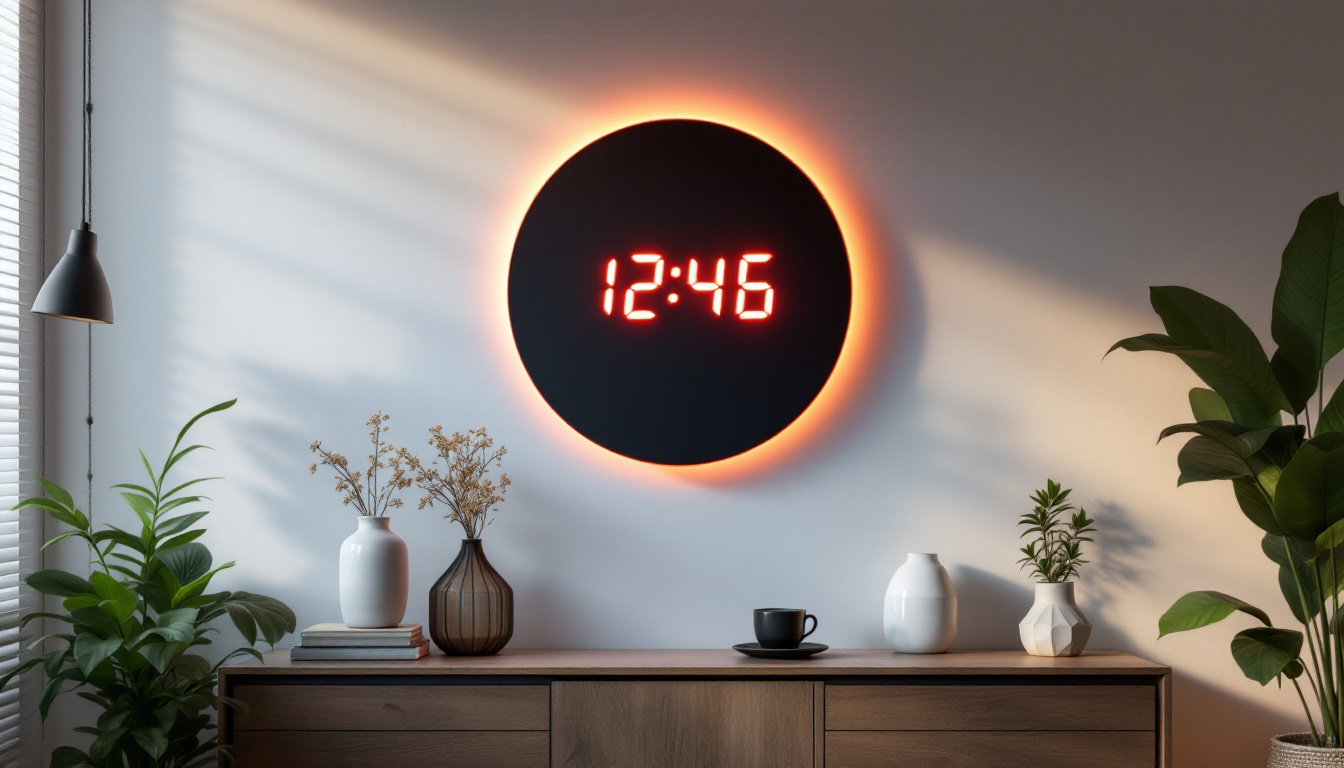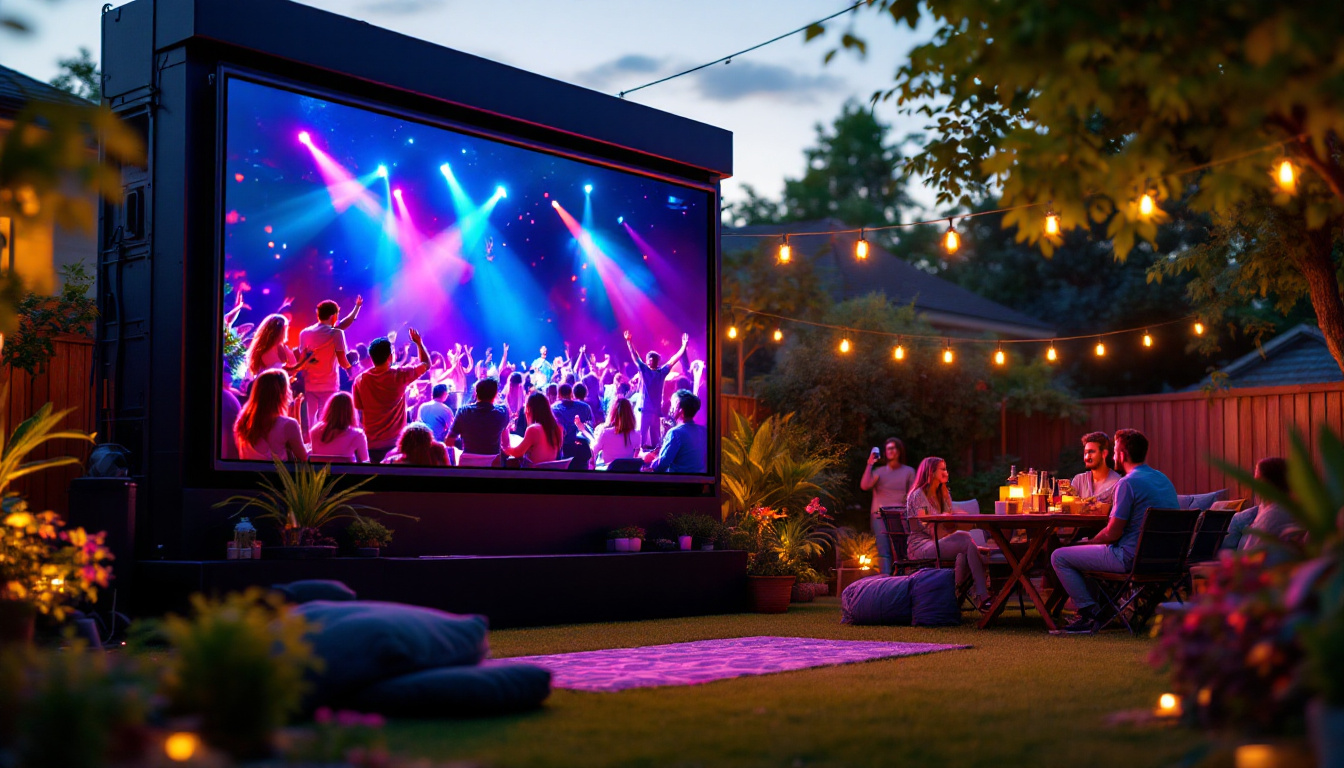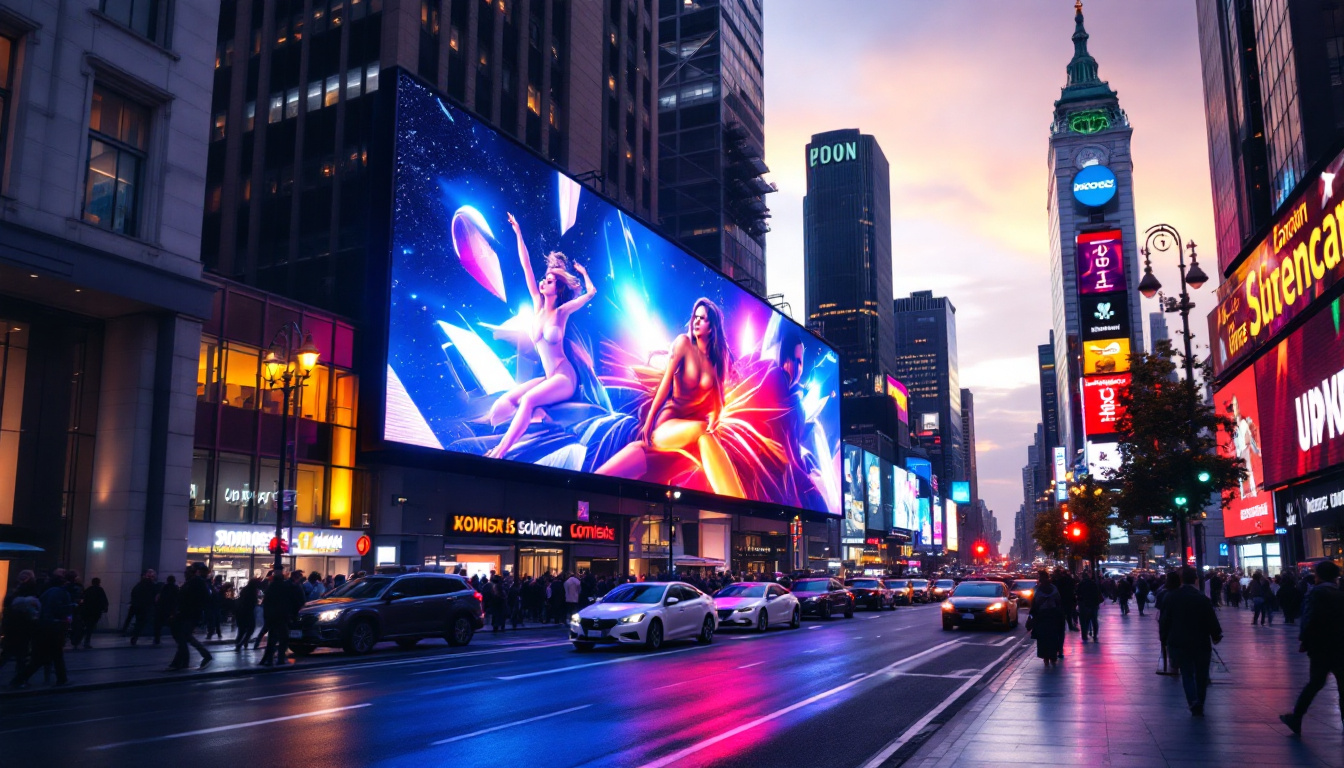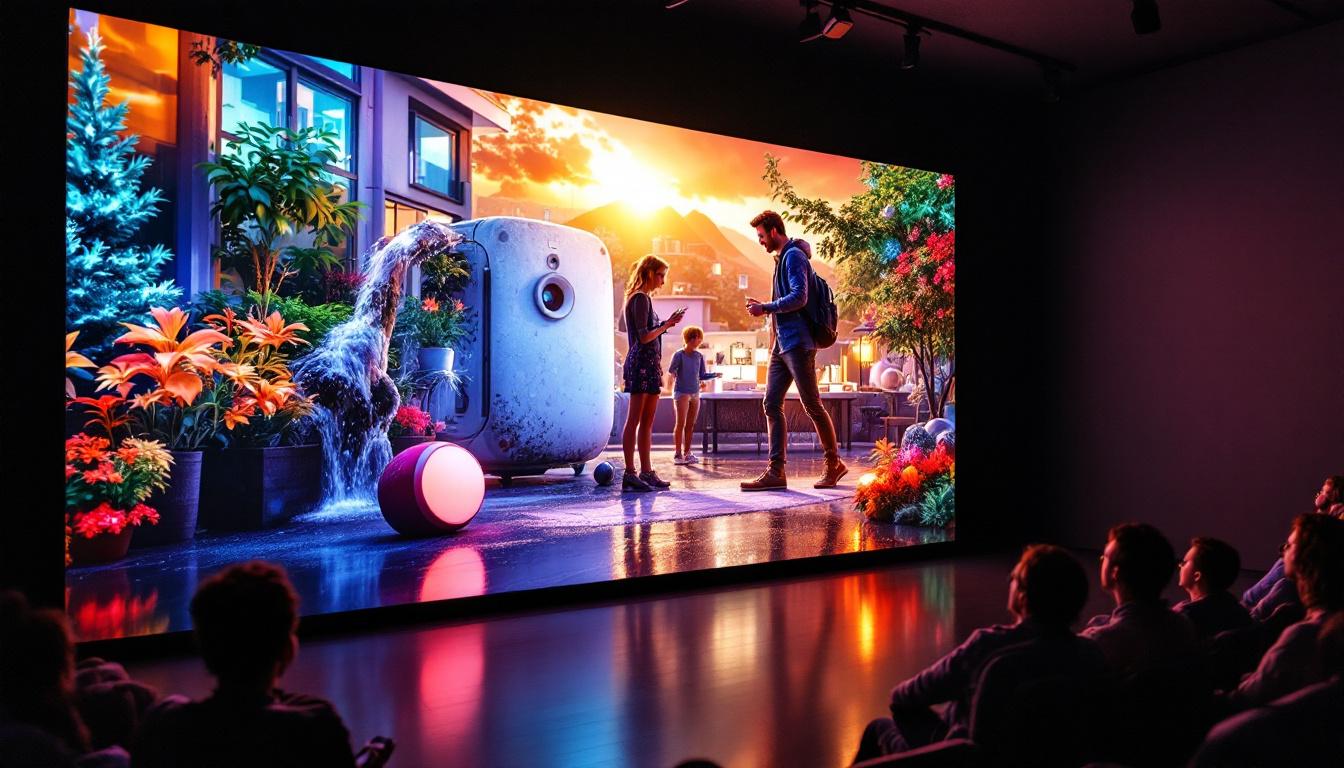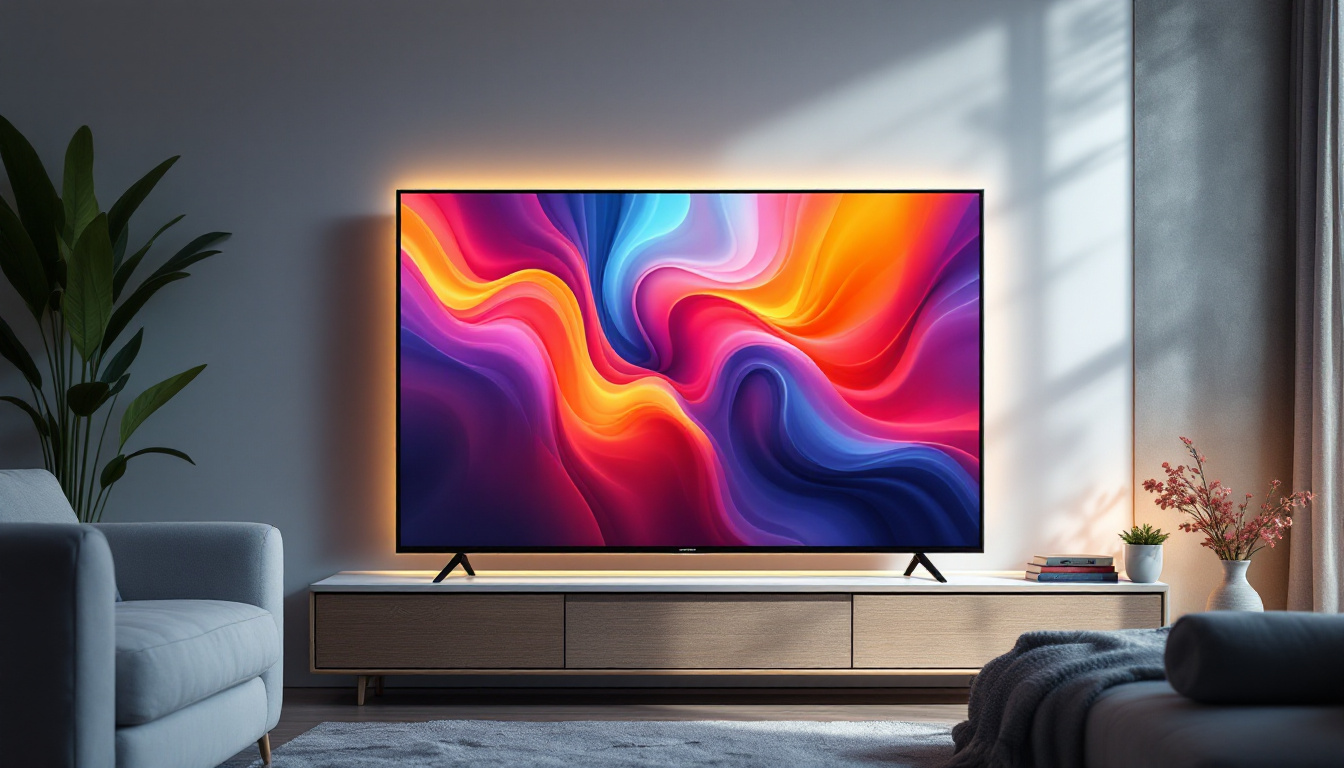In the ever-evolving world of home entertainment, the integration of technology has led to remarkable innovations that enhance the viewing experience. One such advancement is the use of TV lights that match the screen, often referred to as bias lighting. This article delves into the intricacies of LED displays, how they work, and the benefits of using ambient lighting that corresponds with the content displayed on the screen.
Understanding LED Displays
LED (Light Emitting Diode) technology has revolutionized the way images are displayed on screens. Unlike traditional LCDs that rely on backlighting, LED displays utilize tiny diodes that emit light when an electric current passes through them. This fundamental difference provides several advantages, including improved brightness, contrast, and energy efficiency.
How LED Technology Works
At the core of LED technology is the semiconductor material that emits light when energized. The color of the light emitted depends on the materials used in the diode. By combining red, green, and blue (RGB) LEDs, screens can produce a broad spectrum of colors. This RGB model is crucial for creating vivid images and enhances the overall viewing experience.
Furthermore, LED displays can be categorized into two main types: direct-lit and edge-lit. Direct-lit LEDs are placed behind the screen, providing uniform brightness across the entire display. In contrast, edge-lit LEDs are positioned along the edges, allowing for a thinner profile but sometimes resulting in uneven brightness. Understanding these differences can help consumers make informed decisions when purchasing a new television. Additionally, advancements in technology have led to the development of local dimming features, which enhance contrast by allowing specific areas of the screen to dim independently, further improving the visual quality.
Advantages of LED Displays
LED displays offer numerous advantages over traditional display technologies. One of the most significant benefits is their energy efficiency. LED screens consume less power than their LCD counterparts, making them an environmentally friendly choice. Additionally, they provide higher brightness levels and better contrast ratios, resulting in more vibrant images.
Another advantage is the longevity of LED displays. They have a longer lifespan compared to traditional bulbs, often lasting tens of thousands of hours. This durability translates to less frequent replacements and lower maintenance costs, making them a cost-effective option in the long run. Moreover, LED technology has also paved the way for innovations such as flexible displays, which can be bent or shaped to fit various applications, from curved televisions to wearable devices. This adaptability opens up new possibilities for design and functionality, making LED displays not only a practical choice but also a versatile one in the ever-evolving tech landscape.
The Role of Ambient Lighting
Ambient lighting plays a crucial role in enhancing the viewing experience. It refers to the background light that surrounds a screen, which can significantly affect how content is perceived. When watching television in a dark room, the stark contrast between the bright screen and the dark surroundings can cause eye strain and fatigue. This discomfort can detract from the enjoyment of a movie or show, making it essential to consider the lighting environment in which one is viewing.
In addition to eye comfort, ambient lighting can influence mood and atmosphere. The right lighting can set the tone for a viewing experience, whether it’s a thrilling action movie or a relaxing nature documentary. By adjusting the ambient light, viewers can create an environment that complements the content, enhancing emotional responses and overall enjoyment. For instance, a dimly lit room with soft ambient lighting can evoke a sense of intimacy and focus, drawing attention to the screen while minimizing distractions.
Benefits of Bias Lighting
Bias lighting, or the use of lights that match the screen’s colors, can alleviate these issues. By providing a soft glow around the television, bias lighting reduces the contrast between the screen and the surrounding environment. This not only enhances comfort but also improves the perceived depth and color accuracy of the images displayed. Studies have shown that viewers who use bias lighting report less eye strain and fatigue, allowing for longer viewing sessions without discomfort.
Moreover, bias lighting can create a more immersive experience. When the colors of the lights match the content on the screen, it draws viewers deeper into the narrative, making the experience more engaging. This is particularly beneficial for watching movies or playing video games, where visual immersion is key. The dynamic interplay of light can transform a simple viewing into an event, where the room itself seems to come alive with the action unfolding on screen. This effect is heightened when the lighting responds to the content, such as changing colors during a dramatic scene or pulsing with the soundtrack.
Choosing the Right Bias Lighting
When selecting bias lighting, several factors should be considered. The color temperature of the lights is essential; warmer tones (around 2700K to 3000K) create a cozy atmosphere, while cooler tones (4000K to 6500K) can enhance clarity and detail. Additionally, the brightness of the lights should be adjustable to suit different viewing conditions. A dimmable option allows viewers to customize the ambiance based on the time of day or the type of content being watched, ensuring a tailored experience every time.
Another aspect to consider is the method of installation. Some bias lighting solutions are designed to be easily attached to the back of the TV, while others may require more complex setups. Consumers should choose a system that fits their technical comfort level and aesthetic preferences. For those who enjoy DIY projects, there are customizable LED strip lights that can be cut to size and arranged in creative patterns. Alternatively, smart lighting systems can be integrated with home automation setups, allowing for voice control and synchronization with other smart devices. This versatility not only enhances the viewing experience but also adds a stylish touch to home decor.
LED Technology and Color Matching
One of the most exciting developments in LED technology is the ability to match the colors of ambient lighting with the content displayed on the screen. This synchronization can be achieved through various methods, including smart home systems and dedicated lighting products.
How Color Matching Works
Color matching technology typically relies on sensors that detect the predominant colors on the screen. These sensors communicate with the lighting system, adjusting the colors of the ambient lights in real-time. This creates a seamless transition between the screen and the surroundings, enhancing the overall viewing experience.
Some advanced systems even allow for customization, enabling users to select specific color palettes or effects that suit their preferences. This level of control can transform a standard TV viewing into a personalized cinematic experience.
Popular Products and Solutions
Several products on the market cater to the demand for color-matching ambient lighting. Smart LED strips, for instance, can be easily installed around the perimeter of a TV. These strips often come with companion apps that allow users to control the colors and brightness from their smartphones.
Additionally, some smart home ecosystems integrate color-matching capabilities, allowing users to synchronize their lighting with various devices in their home. This holistic approach to home entertainment can create a cohesive atmosphere that enhances the overall enjoyment of media consumption.
Installation and Setup
Installing bias lighting can be a straightforward process, but it requires careful planning to achieve the best results. Proper placement and setup are crucial for maximizing the benefits of ambient lighting.
Preparation Steps
Before installation, it is essential to measure the dimensions of the TV and the area around it. This ensures that the lighting will fit appropriately and create the desired effect. Additionally, cleaning the surface where the lights will be attached can improve adhesion and longevity.
Choosing the right type of lighting is also vital. LED strips are popular due to their flexibility and ease of installation, but other options, such as LED panels or smart bulbs, can also be effective. Each type has its advantages, and the choice should align with the user’s aesthetic preferences and technical capabilities.
Installation Process
The installation process typically involves attaching the lights to the back of the TV or the wall behind it. Many LED strips come with adhesive backing, making them easy to apply. Once installed, connecting the lights to a power source and syncing them with the TV or smart home system is the next step.
After setup, users can experiment with different color settings and brightness levels to find the perfect ambiance for their viewing environment. This customization allows for a tailored experience that can adapt to various content types, from movies to video games.
Maintaining Your LED Bias Lighting
Once installed, maintaining bias lighting is relatively simple. Regular cleaning and occasional checks on the connections can ensure that the system continues to function optimally. Dust and dirt can accumulate on the lights and sensors, potentially affecting performance.
Cleaning Tips
To clean LED lights, it is advisable to use a soft, dry cloth to wipe down the surfaces gently. Avoid using harsh chemicals or abrasive materials, as these can damage the lights. Additionally, checking the connections periodically can help prevent any issues related to power supply or synchronization.
Updating Software and Firmware
If the bias lighting system is part of a smart home ecosystem, keeping the software and firmware updated is crucial. Manufacturers often release updates that improve performance, add features, or enhance compatibility with other devices. Regularly checking for updates can ensure that the system remains at its best.
Conclusion
Incorporating TV lights that match the screen is not just a trend; it is a significant enhancement to the home entertainment experience. With the advancements in LED technology and the availability of innovative bias lighting solutions, viewers can enjoy a more immersive and comfortable viewing environment.
From understanding how LED displays work to exploring the benefits of ambient lighting, this article has highlighted the essential aspects of creating an engaging viewing experience. As technology continues to evolve, the integration of lighting with visual media will undoubtedly play a pivotal role in shaping the future of home entertainment.
Investing in bias lighting is a step towards elevating the way content is consumed, making every movie night or gaming session a memorable experience. With the right setup, viewers can transform their living spaces into immersive environments that enhance every moment spent in front of the screen.
Enhance Your Viewing Experience with LumenMatrix
Ready to take your home entertainment to the next level? Discover the innovative world of LumenMatrix, where cutting-edge LED display technology meets immersive visual storytelling. Elevate your viewing environment with our wide range of LED display solutions, from Indoor LED Walls to Custom Displays, all designed to bring your content to life. Don’t just watch—immerse yourself in a captivating visual experience. Check out LumenMatrix LED Display Solutions today and transform the way you see, play, and engage with your favorite media.

